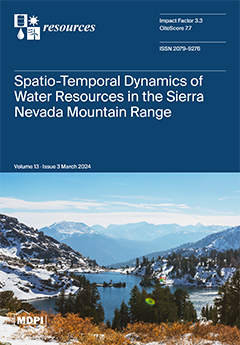Coastal acid-sulfate soils are crucial for producing crops and thus, for food security. However, over time, these soil resources experience degradation, leading to higher agro-input, lower yields, and environmental hazards that finally threaten food security. The optimal use of this fragile resource is
[...] Read more.
Coastal acid-sulfate soils are crucial for producing crops and thus, for food security. However, over time, these soil resources experience degradation, leading to higher agro-input, lower yields, and environmental hazards that finally threaten food security. The optimal use of this fragile resource is only attained by implementing vigorous integrated water–soil–crop management technologies amid the climate change impact. This study aimed to review the distribution, properties, use, and management of acid-sulfate soils in Kalimantan, Indonesia. Acid-sulfate soils cover about 3.5 Mha of the coastal area in Kalimantan and have high acidity, high-risk iron and aluminum toxicity, and low fertility, requiring precise water management, amelioration and fertilizer application, crop variety selection, and rice cultivation technologies. Lime, biochar, organic fertilizer, compost, ash, and fly ash are ameliorants that raise pH, reduce iron and aluminum toxicity, and improve crop yield. Rice cultivation has developed from traditional to modern but needs re-designing to fit local conditions. Depending on the soil nutrient status, rice cultivation requires 80–200 kg ha
−1 of urea, 50–150 kg ha
−1 of SP36, 50–150 kg ha
−1 of KCl, and 125–400 kg ha
−1 of NPK compound fertilizer, but is affected by CH
4 and CO
2 emissions. Good water management impacts the effective implementation of amelioration and fertilizer application technologies. The remaining challenges and future directions for water management, amelioration, fertilizer application, crop varieties, cultivation techniques, land use optimization, climate change adaptation and mitigation, technology adoption and implementation, and resource conservation are outlined. Acid-sulfate soils remain a resource capital that supports food security regionally and nationally in Indonesia.
Full article





